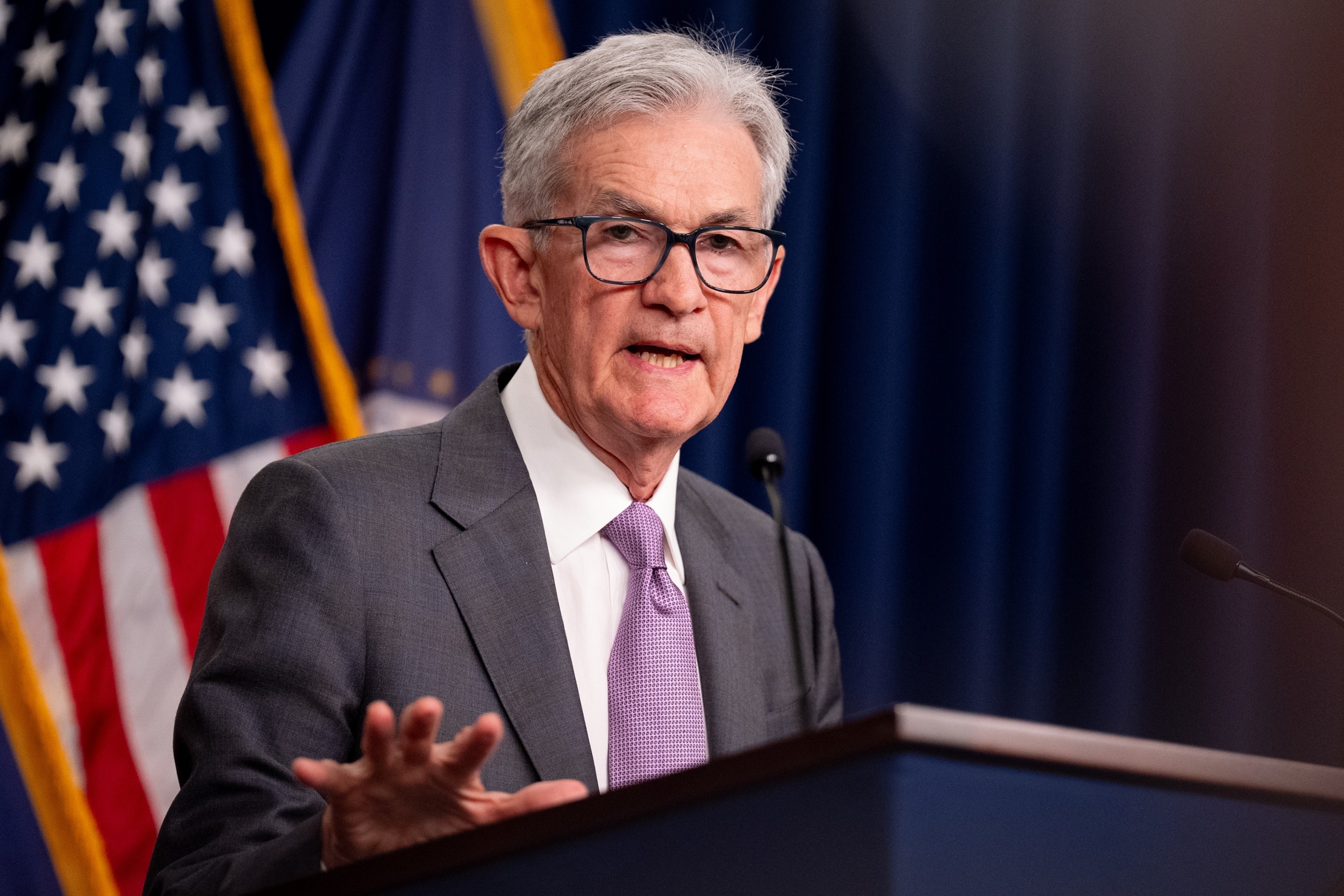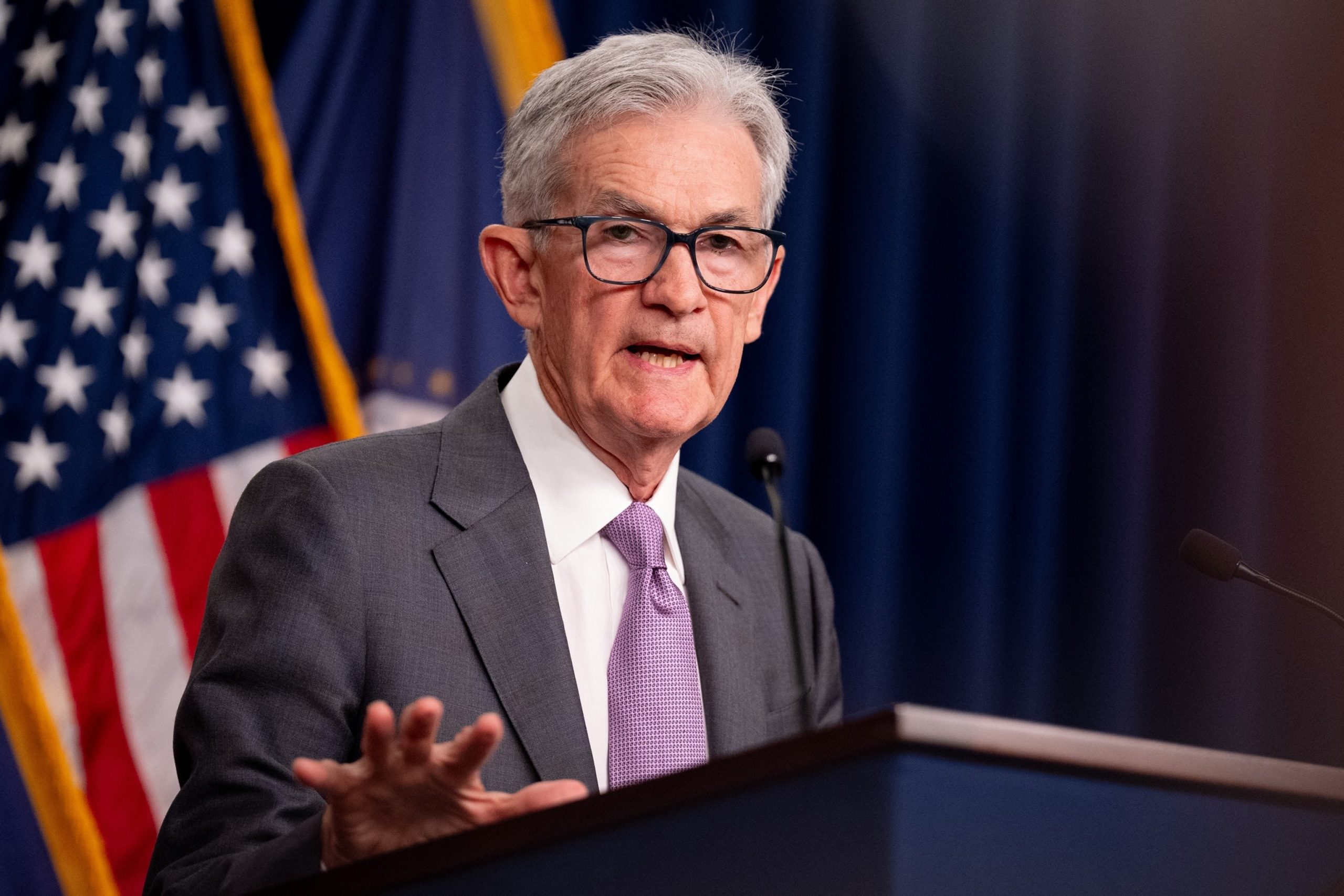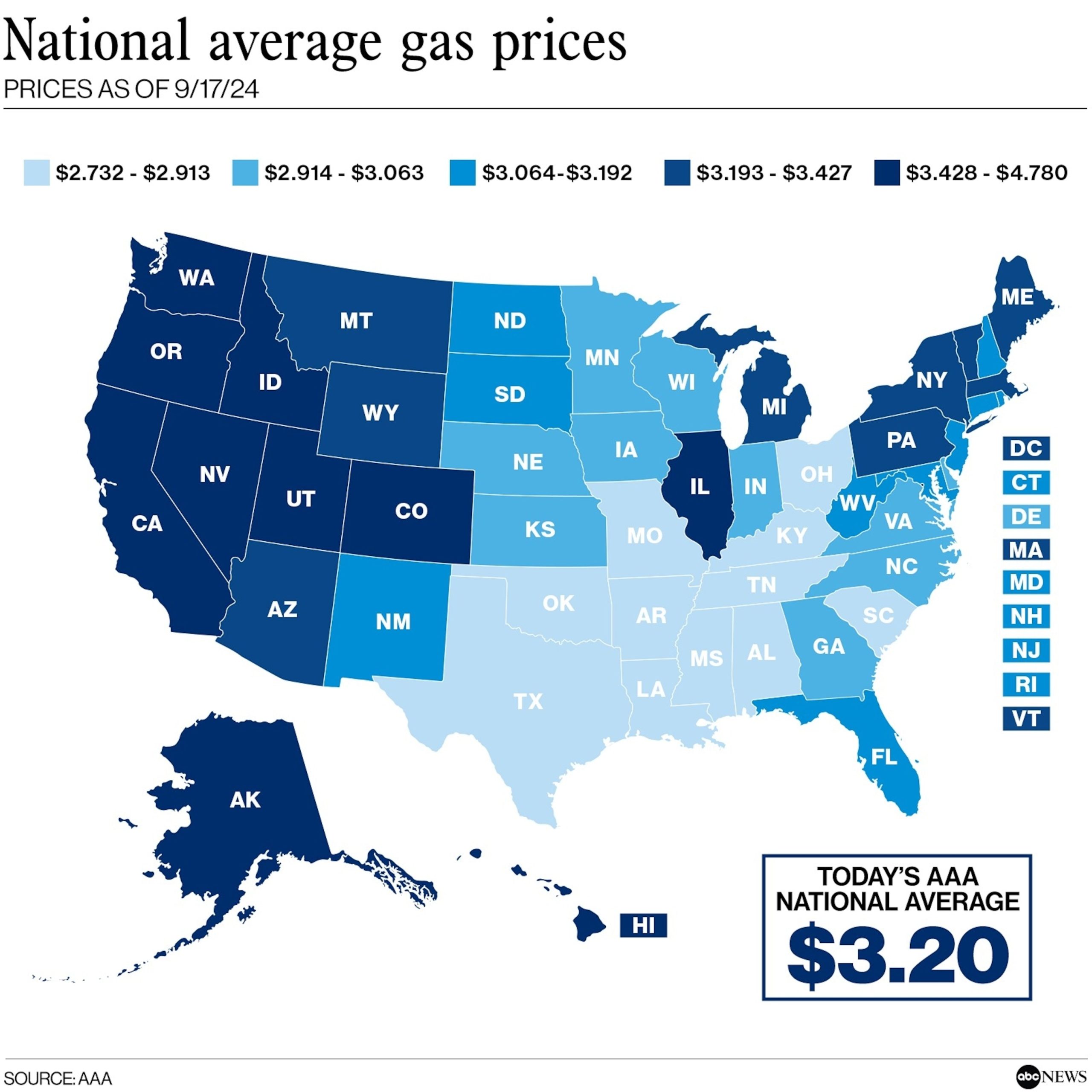Consumer prices rose 2.5% in August compared to a year ago, slowing more than expected and delivering welcome news for the Federal Reserve, days before a widely expected interest rate cut.
Inflation cooled significantly from a year-over-year rate of 2.9% recorded in the previous month.
Price increases have fallen from a peak in 2022, but inflation remains higher than the Federal Reserve’s target rate of 2%.
The chances of an interest rate cut at the Fed’s meeting next week are all but certain, according to the CME FedWatch Tool, a measure of market sentiment. Market observers are divided over whether the Fed will impose its typical cut of a quarter of a percentage point, or opt for a larger half-point cut.
So far this year, the job market has slowed alongside cooling inflation. That trend was underscored last week by a weaker-than-expected jobs report, though employers added a solid 142,000 jobs. The unemployment rate has ticked up this year from 3.7% to 4.2%.
The Fed is guided by a dual mandate to keep inflation under control and maximize employment. In theory, low interest rates help stimulate economic activity and boost employment, while high interest rates slow economic performance and ease inflation.
Recent trends have shifted the Fed’s focus away from controlling inflation and toward ensuring a healthy job market.

Federal Reserve Chairman Jerome Powell speaks at a news conference following a Federal Open Market Committee meeting at the William McChesney Martin Jr. Federal Reserve Board Building on July 31, 2024 in Washington, DC.
Andrew Harnik/Getty Images
Speaking at an annual gathering in Jackson Hole, Wyoming last month, Fed Chair Jerome Powell said the “time has come” for the Fed to adjust its interest rate policy.
At previous meetings, Powell said the Fed needed to be confident that inflation had begun moving sustainably downward to its target rate of 2% before instituting rate cuts. Last month, Powell appeared to indicate that the Fed had achieved that objective.
“My confidence has grown that inflation is on a sustainable path down to 2%,” Powell said.
Since last year, the Federal Reserve has held interest rates at their highest level in more than two decades. High borrowing costs for everything from mortgages to credit card loans have helped slow the economy and lower inflation, but the policy risks tipping the U.S. into a recession.
Last month, Goldman Sachs economists raised the probability of a U.S. recession in the next year from 15% to 25%. However, economists disagree about whether current economic conditions warrant serious concern.
Inflation is a key economic indicator that measures the rate at which prices for goods and services rise over time. In August, the inflation rate in the United States slowed, sparking speculation about a potential interest rate cut by the Federal Reserve.
According to the latest data from the Bureau of Labor Statistics, the Consumer Price Index (CPI) rose by 0.3% in August, down from a 0.5% increase in July. This slower pace of inflation was driven by a decline in energy prices, which fell by 3.5% in August. Food prices also rose at a slower rate, increasing by just 0.1% compared to 0.4% in July.
The core CPI, which excludes volatile food and energy prices, rose by 0.1% in August, the smallest increase since February. This suggests that underlying inflationary pressures remain subdued, despite a strong economy and low unemployment rate.
The Federal Reserve uses inflation data to guide its monetary policy decisions, particularly when it comes to setting interest rates. A lower inflation rate could give the Fed more room to cut interest rates in order to stimulate economic growth.
Many economists believe that the Fed will cut interest rates at its next meeting in September, citing concerns about slowing global growth and trade tensions with China. A rate cut could help boost consumer spending and business investment, which have shown signs of weakness in recent months.
However, not everyone is convinced that a rate cut is necessary. Some policymakers argue that the economy is still strong and that inflation remains close to the Fed’s target of 2%. They worry that cutting rates now could fuel asset bubbles and lead to higher inflation down the road.
Ultimately, the decision to cut interest rates will depend on how the Fed assesses the overall health of the economy and the risks of a potential downturn. Inflation data will play a crucial role in shaping this decision, as policymakers weigh the need for stimulus against the risks of overheating.
As investors and consumers await the Fed’s decision, they should keep a close eye on inflation data and other economic indicators for clues about the direction of interest rates. A rate cut could provide a boost to the economy, but it also carries risks that policymakers will need to carefully consider.



